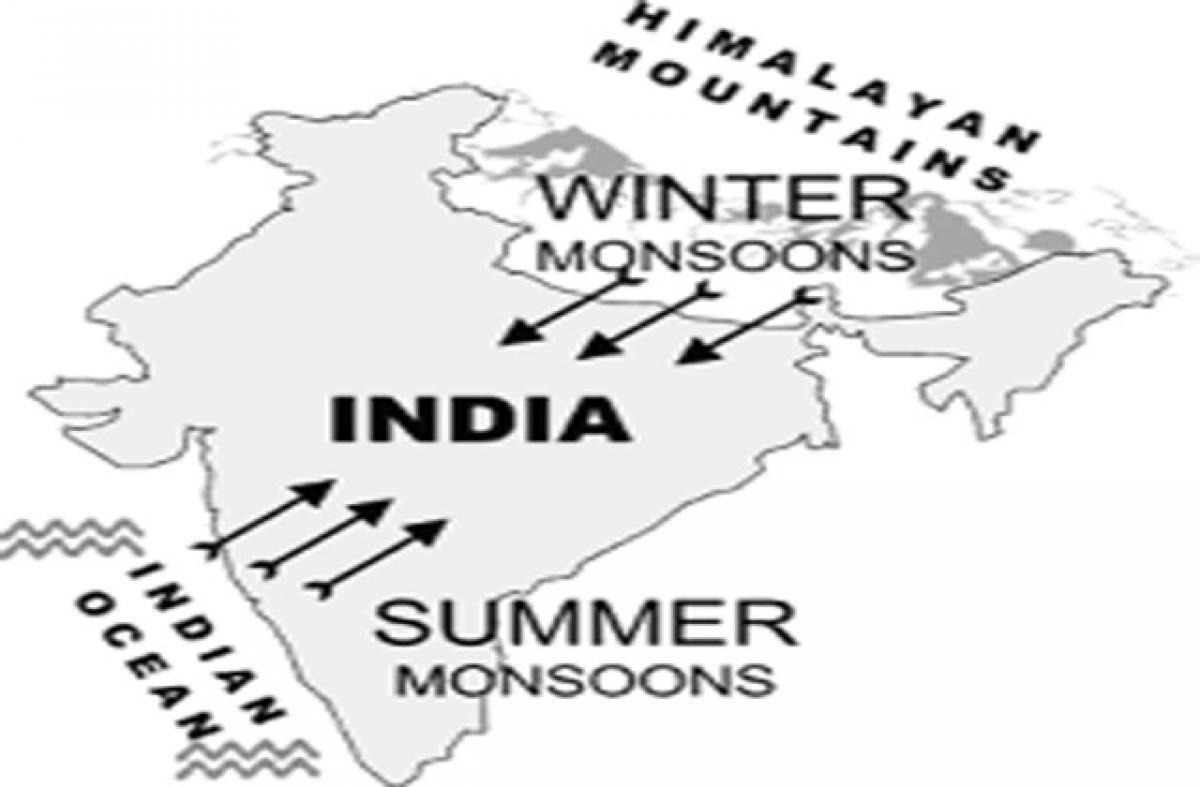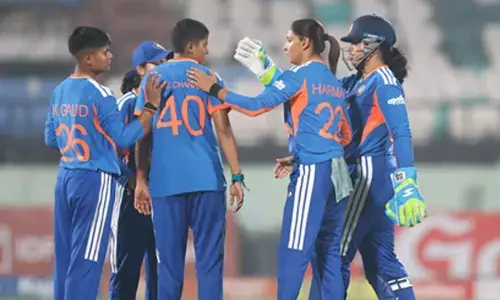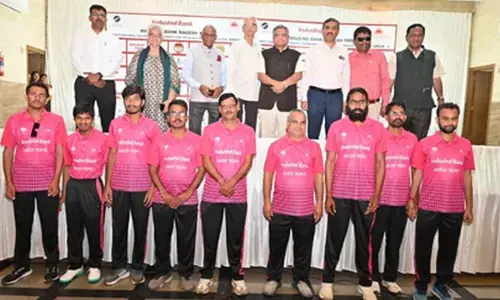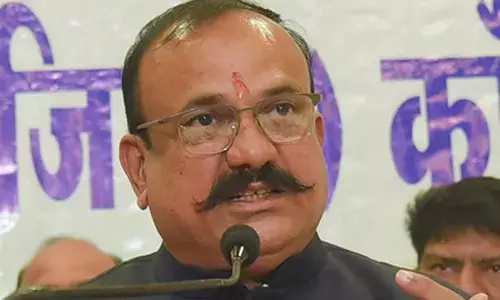Monsoons

Southwest monsoon rains arrived at the Kerala coast and the Northeast today in line with the India Meteorological Department or IMD forecast, a source in the weather office said.
Southwest monsoon rains arrived at the Kerala coast and the Northeast today in line with the India Meteorological Department or IMD forecast, a source in the weather office said. Meteorological seasons over India are: Winter Season: January–February; Pre Monsoon Season: March–May; Southwest Monsoon Season: JuneSeptember; and Post Monsoon Season: OctoberDecember.
This word monsoon is derived from the Arabic word “Mausim”. The annual oscillation in the apparent position of the Sun between the Tropics of Cancer and Capricorn causes the annual oscillation in the position of the thermal equator (region of maximum heating) on the Earth’s surface. This is associated with the annual oscillation of temperature, pressure, wind, cloudiness, rain etc.
This is the cause of the monsoons. On the Earth’s surface, there are asymmetries of land and Ocean. The differential heating of land and Ocean cause variations in the intensity of the annual oscillation of the thermal equator and hence regional variations in the intensity of monsoon. In India, Australia and other equatorial regions, monsoons move from cold, high pressure systems to warmer areas of less resistance with low atmospheric pressure. Thus in hot summer months as the land heats up, monsoons blow inland from the sea.
Come winter, the ocean retains its warmth while the land cools rapidly, and the monsoons head back out to sea. This change in direction establishes a seasonal pattern of rainfall that many farmers depend on in monsoon regions. The southwest monsoon, which is the main monsoon, starts making its way up India’s west coast in early June. By mid July, most of the country is covered in rain.
This gradually starts clearing from most places in northwest India by October. The northeast monsoon affects India’s east coast during November and December. It’s a short but intense monsoon. The states of Karnataka, Tamil Nadu and Kerala receive most of their rainfall from the northeast monsoon, while the rest of the country receives most of its rainfall from the southwest monsoon.
How do we express the quantity of rainfall? Rainfall is expressed as the depth to which it would cover a horizontal projection of the earth’s surface, if there is no loss by evaporation, run–off or infiltration. It is expressed in terms of mm or cm.

















